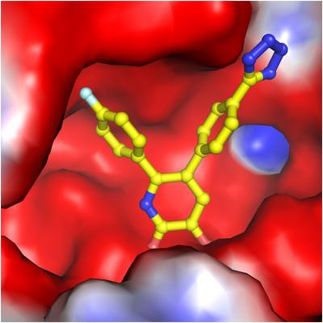Talecris Biotherapeutics' Manufacturing Processes Safeguard Against Avian Bird Flu
Processes assure inactivation of enveloped viruses like H5N1, preventing potential transmission through Talecris' therapeutic plasma proteins
Advertisement
Continuing its commitment to providing reliable supplies of the safest possible products, Talecris Biotherapeutics has confirmed its plasma collection and manufacturing processes significantly remove or inactivate enveloped viruses, such as those belonging to the influenza virus family, including the H5N1 virus associated with avian bird flu. With this announcement, patients and physicians can feel confident that transmission of the avian bird flu virus, a current public health concern, is extremely unlikely to occur with the use of Talecris plasma-derived therapeutic proteins.
The virus associated with avian bird flu, H5N1, is an influenza virus. These viruses are relatively large and are known as "enveloped" viruses; that is, they have a lipid envelope that surrounds the genetic material of the virus. Concerns over the potential pandemic that have been the subject of recent news reports prompted Talecris to assess whether the plasma-derived therapeutic proteins it manufactures could carry a risk of transmission for patients.
Pathogen safety scientists at Talecris Biotherapeutics have been pioneers in developing processes that remove or inactivate viral and other infectious particles, including the pathogenic prion associated with variant Creutzfeldt-Jakob disease. Over the past several years, Talecris has led the way with research demonstrating removal or inactivation of viruses, such as West Nile virus, vaccinia (the virus used in smallpox vaccinations), and human immunodeficiency virus (HIV) from plasma-derived therapies. Additionally, the industry-leading work in the area of pathogenic prions has resulted in the FDA allowing clearance data to be included in product package inserts. As with all plasma-derived therapeutics, the potential to transmit infectious agents cannot be totally eliminated.
Most read news
Topics
Organizations
Other news from the department research and development

Get the life science industry in your inbox
By submitting this form you agree that LUMITOS AG will send you the newsletter(s) selected above by email. Your data will not be passed on to third parties. Your data will be stored and processed in accordance with our data protection regulations. LUMITOS may contact you by email for the purpose of advertising or market and opinion surveys. You can revoke your consent at any time without giving reasons to LUMITOS AG, Ernst-Augustin-Str. 2, 12489 Berlin, Germany or by e-mail at revoke@lumitos.com with effect for the future. In addition, each email contains a link to unsubscribe from the corresponding newsletter.






















































